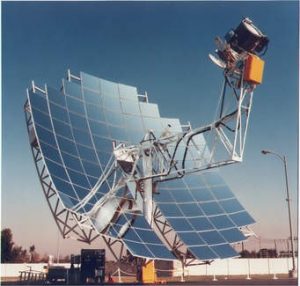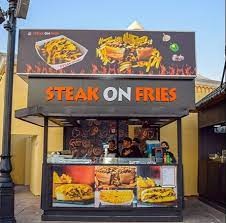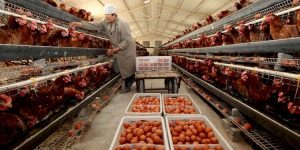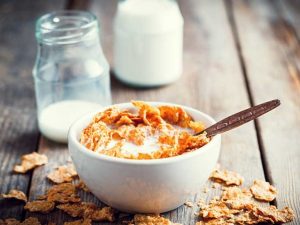Morocco's financial and telecom sectors have been particularly favorable. The country’s pragmatic approach to foreign direct investment (FDI), combined with a skilled workforce and proximity to Western Europe, enhances its appeal. Investors from the USA and Europe view Morocco as a secure market with strong support facilities and excellent air connections to various African nations. This favorable environment makes Morocco an attractive destination for new business ventures. With its position as a stepping stone for Africa and the Middle East, Morocco is becoming an increasingly important industry player in the EMEA region.
Start a Business in Morocco, Click Here
In North Africa, Morocco is the FDI king. The pragmatic FDI approach and more skilled staff available in comparison to most advanced economies have been of value to Morocco, thanks to historical links and proximity to Western Europe. It is gradually seen as a positive conduit for investors in the rapidly developing African continent from the USA and Europe. This is because of its secure market and support facilities in combination with good air connections to many other countries in Africa.
Let us explore the scopes of business in Morocco!
1. Renewable Energy in Morocco

By 2030, by using green energy sources Morocco expects to meet half of its energy requirements. Morocco is constructing a 580MW total energy plant with the world's biggest solar power plant. Morocco expanded hydropower production in wind farms from 80 MW in 2010 to 2000 MW in 2020. In Morocco, the 300 MW Tarfaya will be built as the largest wind project in Africa by GDF Suez and Narva.
2. Moroccan Automotive Industry

It is the second biggest vehicle manufacturer and first passenger car producer in Africa to go to South Africa. South Africa. In 2019, there were more than 250 firms in the Moroccan automotive sector, generating over 150 million direct jobs (in 2014-2019) and manufacturing more than 400 000 cars with a local integration rate of 60%. Today in Morocco there are four major industrial interconnected hubs (Tangier, Kenitra, Rabat, and Casablanca) and four specialist training institutions.
The study on the demand in Morocco was estimated at USD 8 billion in 2020, with a projected CAGR value of more than 15 percent for the forecasting period, at USD 22 billion by 2026.
Related Books:- Automobile Industry, Automotive Components & Allied Products Engine Parts, Piston, Pin, Piston Ring, Valve, Control Cable, Engine Mounting, Auto Lock, Disc Brake, Drum, Gear, Leaf Spring, Shock Absorber, Silencer, Chain, Cylinder Block, Chassis, Battery
3. Fast Food Business

Moroccans living in bigger cities will be able to eat more and more at home, especially during the week’s lunchtime. Also, it’s becoming more popular for family members, friends, and even business partners to eat with the increased acceptability of eating meals outside the domestic region.
Healthy food in Morocco is quickly gaining traction, particularly among rich socio-economic groups who are increasingly interested in organic goods. For example. The opening of many salad bars in Casablanca is an example of this pattern.
Morocco’s fast food is fast expanding. Over the last 20 years, several foreign fast-food companies have built shops in the country and many more shops are expected to be launched in the forecast timeframe to meet growing fast-food demand.
4. Poultry Business

Poultry is said to be one of Morocco’s cheapest and one of the most unique start-ups. Agriculture grows as quickly as possible. This business has what it needs to succeed. Birds have a short and fast maturity to market weight; they are simple to carry. You can start up small and quick, making poultry production in Morocco a viable enterprise. Sell meat and eggs in the market and stock up with cash in your pockets.
Related Videos:- Food Processing
5. Breakfast Cereals Production

In contemporary grocery supermarkets in Morocco, the number of breakfast cereals is larger than that of conventional groceries. In new food dealers such as supermarkets and hypermarkets, local buyers can see different brands, package sizes, and products across the price range, while conventional food dealers usually only sell two or three brands. The offer is exclusive to one brand or another.
Frequently Asked Questions (FAQs)
What are the most profitable business ideas in Morocco?
Morocco offers several profitable business opportunities in sectors such as renewable energy, automotive industry, fast food, poultry business, and breakfast cereals production.
Why is the renewable energy sector a good business idea in Morocco?
Morocco is heavily investing in renewable energy, aiming to meet half of its energy requirements by 2030 with projects like the world’s biggest solar power plant and the largest wind project in Africa.
How is the automotive industry profitable in Morocco?
The automotive industry in Morocco is the second-largest vehicle manufacturer in Africa, with significant investments and a high local integration rate, creating numerous jobs and extensive business opportunities.
What makes the fast food business a profitable venture in Morocco?
The growing trend of dining out, especially in larger cities, and the increasing popularity of healthy food options among affluent groups make the fast food sector a lucrative business in Morocco.
Why is the poultry business considered profitable in Morocco?
Poultry farming in Morocco is a low-cost startup with high returns due to the fast maturity of birds and the strong market demand for meat and eggs, making it an attractive business option.
NPCS has served hundreds of thousands of clients, our experience in Techno-economic feasibility report, Integrated market study, Pre-feasibility study, and Comprehensive market survey for estimating the potential for Products, combined with our deep understanding of engagement issues across a wide array of industries, has resulted in an extensive and rich portfolio.